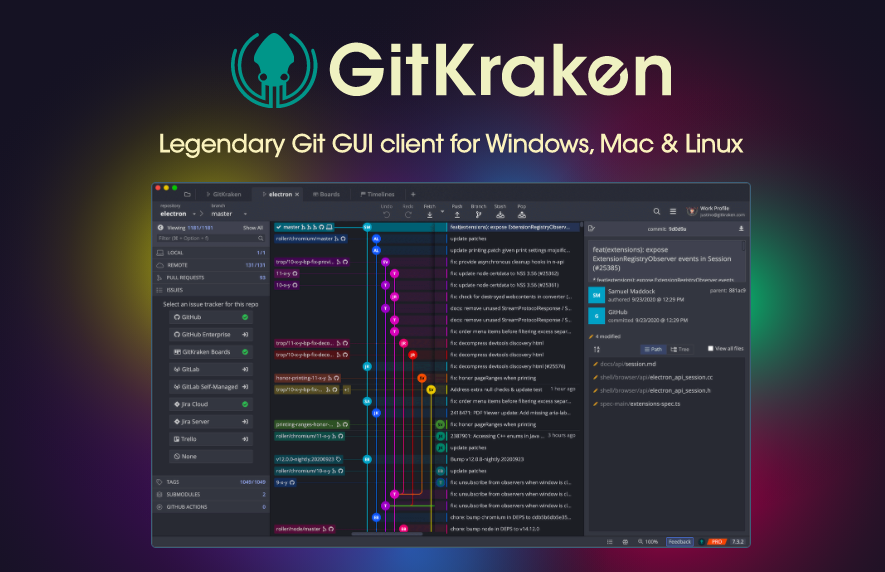

Plus, if you’re working in a team of people, you’re bound to run into a few who aren’t very knowledgeable of git. Fixing merge conflicts will still be troublesome, though the GUI might make it easier to understand.Įven still, take a look at this comparison between the Fork git client and command line git. It’s not magic though, you’ll still need to know how git works to use one. Rather than having to type in commands to do everything, the basic actions are available as buttons. You’re likely fixing these problems on your local machine anyway, where you’re not locked to the terminal.


RELATED: How Does Git Reset Actually Work? Soft, Hard, and Mixed Resets Explained If you’ve ever stashed your changes and hard reset your branch HEAD to try to fix problems when pushing or pulling, you may want to try using a GUI. It’s important that you’re able to execute git basic tasks (fetching, cloning, committing) even when you don’t have access to a GUI.īut for more complex tasks, like rebasing, managing branches, and merging, command line git can get complicated, especially when running into unexpected errors.


 0 kommentar(er)
0 kommentar(er)
